While the commercial and industrial (C&I) sector has profited from installing rooftop solar, many C&I players haven’t taken the next step toward deeper decarbonization: energy optimization.
Compared to the residential sector, where energy efficiency and thermal upgrades are becoming increasingly prevalent, C&I has largely stalled due to capital constraints and complex projects requiring coordination between various providers.
According to Renew Energy Partners, the Energy-as-a-Service (EaaS) model could accelerate that deep decarbonization.
“C&I portfolio owners are looking for one partner to manage energy optimization,” Charlie Lord, a managing principal at Renew, told pv magazine USA, adding that the current fragmented approach of working with a different company for each technology or efficiency upgrade adds unnecessary complexity.
They need a single partner, he explained, and the EaaS model “operationalizes” that idea into a deal and partnership structure.
While Renew always starts from an energy efficiency standpoint, Lord noted that solar’s power purchase agreement (PPA) structure “set the standard” for making projects pencil out: third-party financing keeps costs off balance sheets, and the model is easily scalable.
Despite the PPA’s success in the C&I landscape, solar alone can’t decarbonize thermal systems or deeply optimize energy use. Historically, projects like industrial heat pumps or cogeneration plants that didn’t fit the “per kilowatt-hour” PPA mold were harder to finance.
This is where Energy Services Agreements (ESAs), which are a modular extension of the EaaS concept, come into play.
Rather than a single-technology solar contract, an ESA acts as a master services agreement: once the customer signs, projects can be added over time as site needs evolve. That could include a cogeneration system paired with battery storage, new building controls or high-efficiency chillers. Those projects would then be financed and owned by the provider, not the customer.
“It’s very modular,” Lord said, adding that what’s key is that it’s the customer’s choice as to when and how they expand their agreement to meet their needs or cover more of their portfolio.
“I think it’s a natural progression into the next wave of potential projects for a lot of companies to upgrade their energy systems,” Lord added, particularly as “CFOs are recognizing that internal hurdles to deploying their own budgets are more expensive than doing a project with a third-party capital provider.”
This is particularly true for organizations like hospitals or hotels that have significant, but consistent, baseloads across the year.
“As long as there’s predictability across the year, the model works quite well to maximize savings and reduce emissions,” he said. “If you’re going to make a big investment, you want it to be in equipment that will provide a year-round benefit.”
Still, making EaaS a common approach will require educating the sector about not only what lies beyond solar, but about how a climate-smart approach to energy is also a savings-focused approach.
“There’s this persistent sense that energy optimization comes at a cost premium,” Lord added. “But we have so many stories where this is and continues to be a good business decision.”
This content is protected by copyright and may not be reused. If you want to cooperate with us and would like to reuse some of our content, please contact: editors@pv-magazine.com.
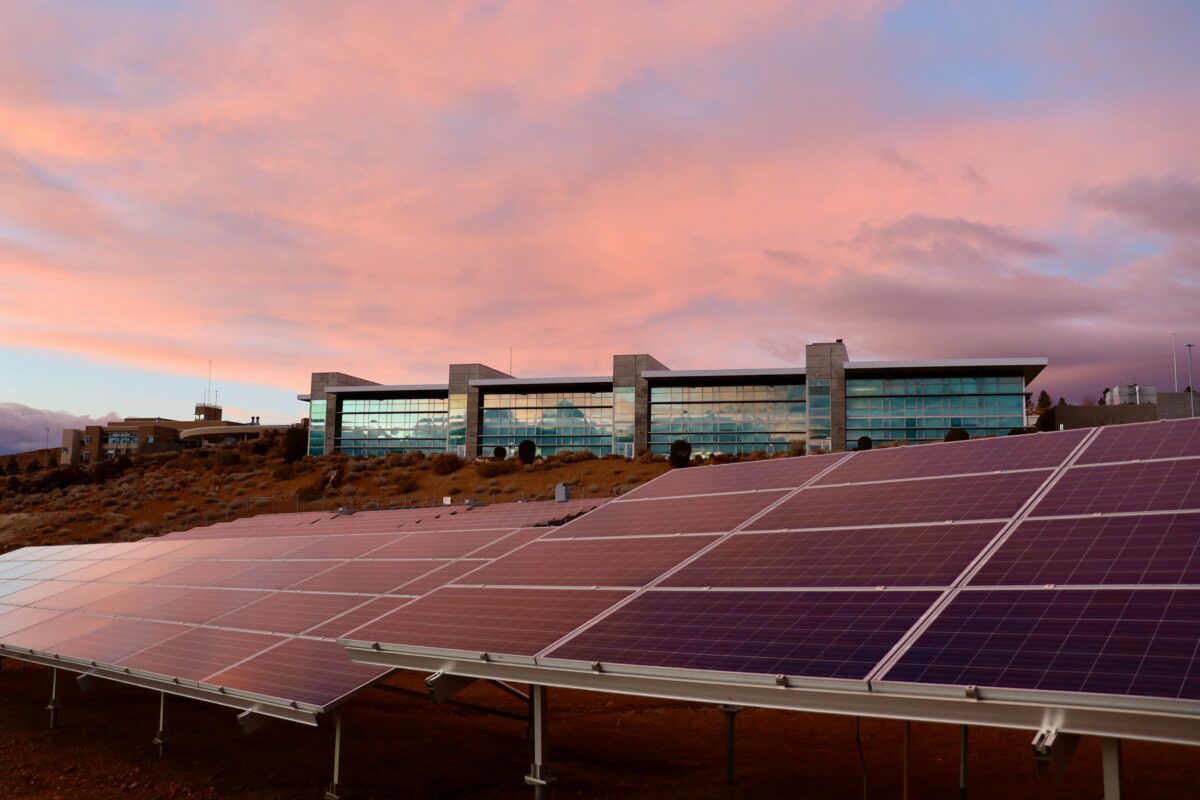
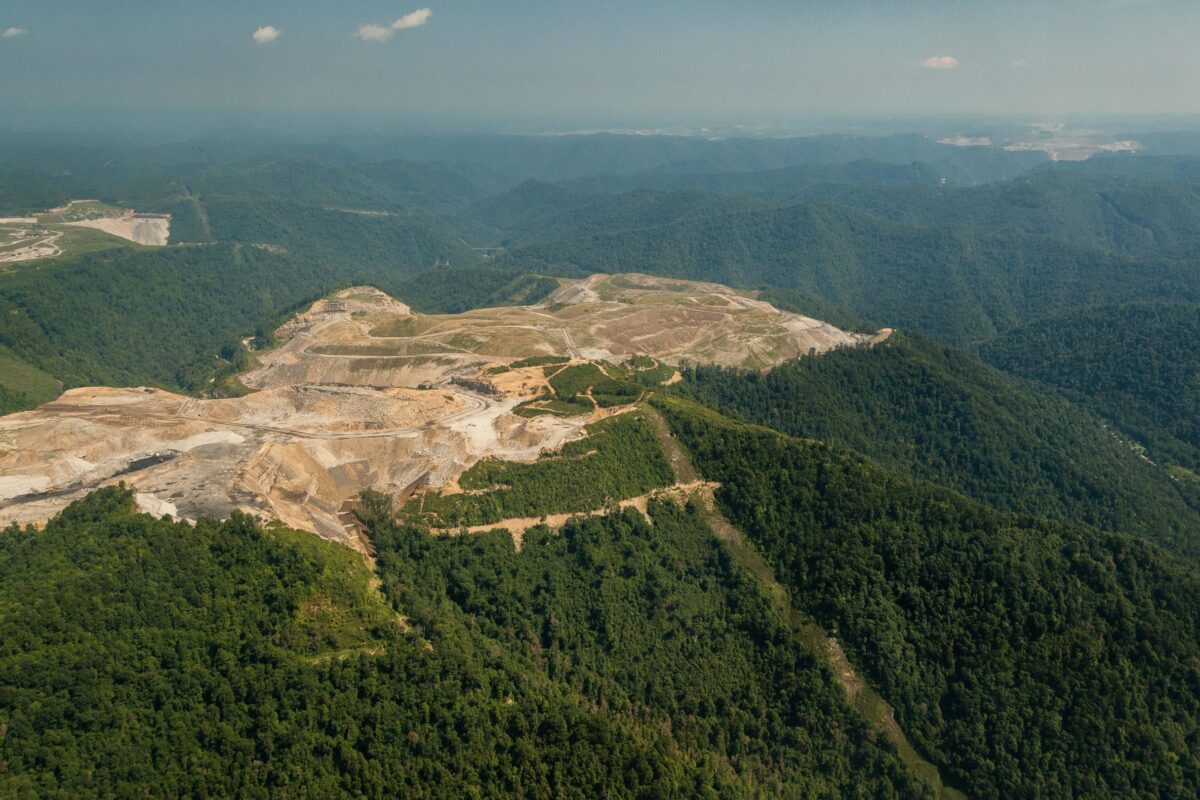




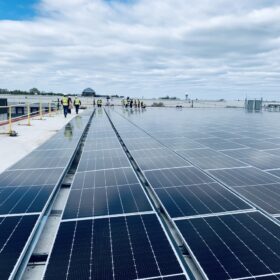
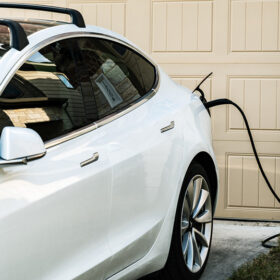
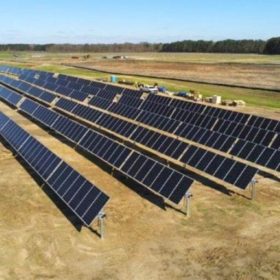
By submitting this form you agree to pv magazine using your data for the purposes of publishing your comment.
Your personal data will only be disclosed or otherwise transmitted to third parties for the purposes of spam filtering or if this is necessary for technical maintenance of the website. Any other transfer to third parties will not take place unless this is justified on the basis of applicable data protection regulations or if pv magazine is legally obliged to do so.
You may revoke this consent at any time with effect for the future, in which case your personal data will be deleted immediately. Otherwise, your data will be deleted if pv magazine has processed your request or the purpose of data storage is fulfilled.
Further information on data privacy can be found in our Data Protection Policy.